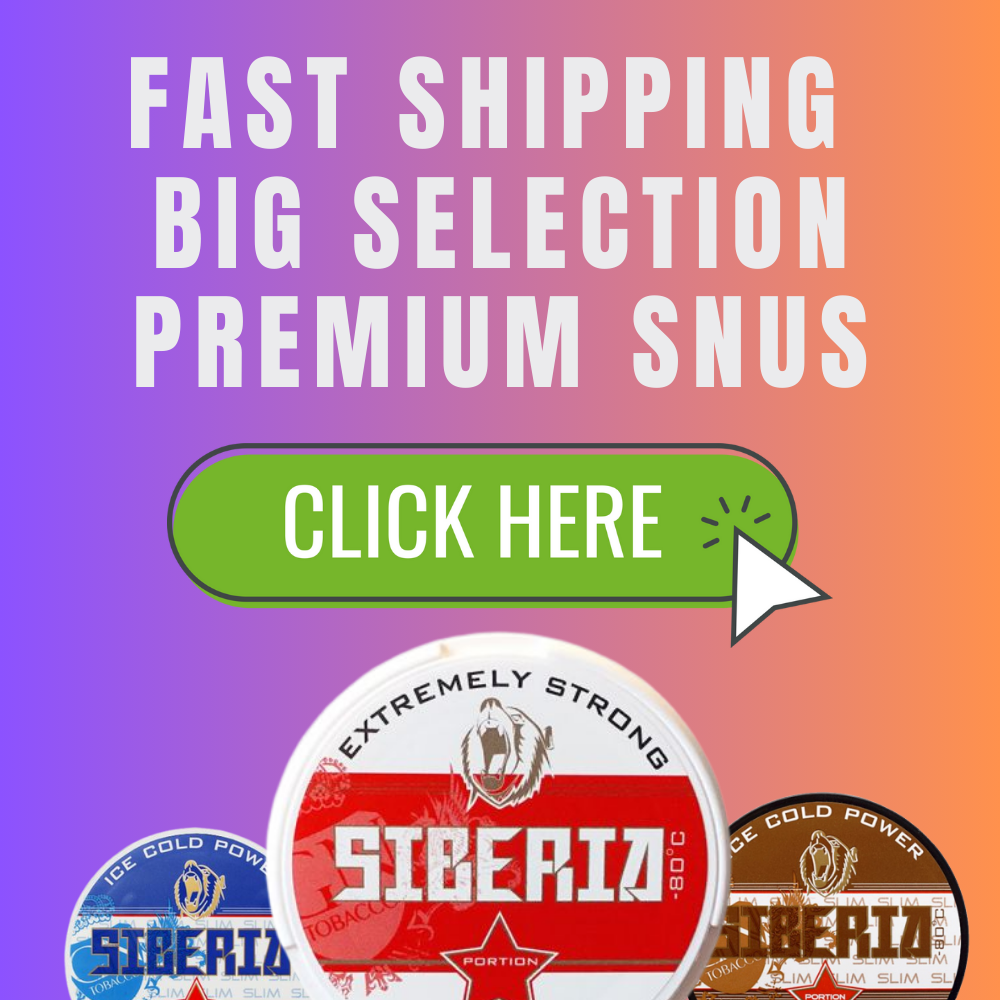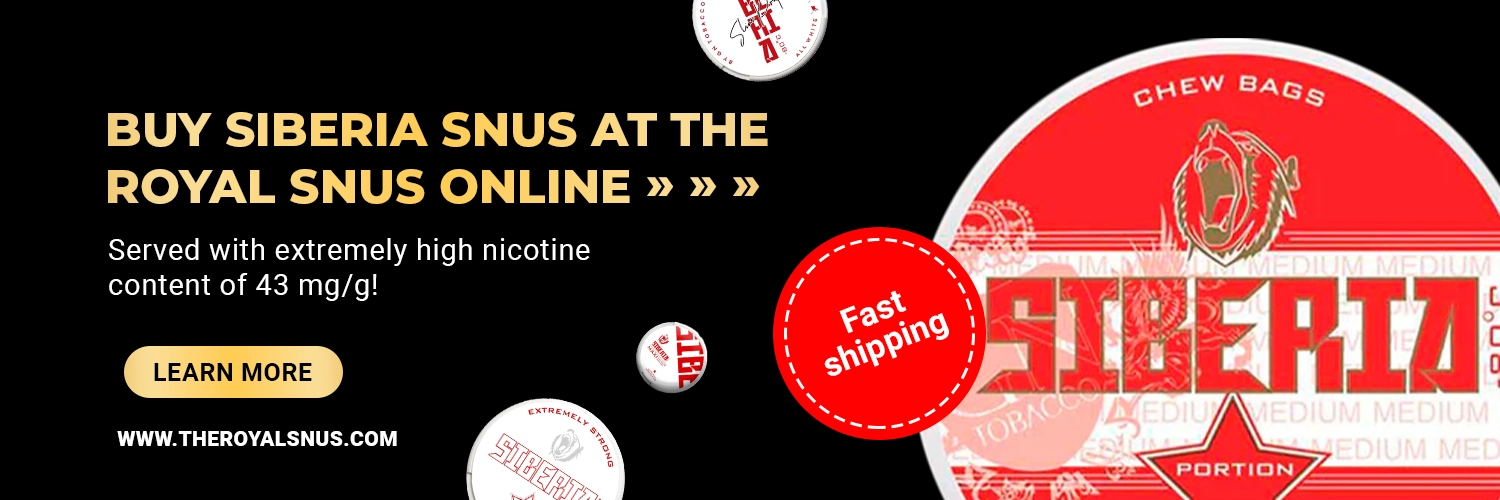In the realm of nicotine satisfaction, a paradigm shift is occurring with the rise of inventive alternatives that offer users a cleaner and potentially safer experience. Tobacco-free nicotine pouches and the age-old tradition of Swedish snus are gaining traction, providing individuals with discreet and convenient ways to satiate their nicotine cravings without the hazards of smoking. In this article, we will unravel the allure of these alternatives, exploring their roots, compositions, and the potential advantages they present to users.
Decoding Tobacco-Free Nicotine Pouches:
1. Fundamental Components:
Tobacco-free nicotine pouches, compact and inconspicuous, contain nicotine without the inclusion of tobacco leaves. Strategically placed under the upper lip, these pouches offer a smoke-free and spit-free experience, eliminating the harmful byproducts associated with traditional smoking.
2. Ingredients and Infusions:
These pouches typically comprise plant-based fibers, nicotine, flavorings, and occasionally sweeteners. Ranging from mint and citrus to an array of fruit blends, the diverse palate of flavors caters to a broad spectrum of preferences. This not only provides a smoke-free alternative but also allows users to relish a variety of tastes without the need for combustion.
3. Stealth and Simplicity:
A standout feature of tobacco-free nicotine pouches is their convenience and discretion. Users can partake in these pouches virtually anywhere, without the constraints of designated smoking areas. The absence of smoke and lingering odors makes them an attractive choice for those seeking a subtle and less intrusive method of nicotine consumption.
The Legacy of Swedish Snus:
1. Ancestral Origins:
With a lineage tracing back centuries, Swedish snus has deep roots in Scandinavia. Comprising finely ground tobacco, water, salt, and occasionally flavorings, snus sets itself apart by undergoing pasteurization rather than fermentation. This process minimizes the formation of harmful compounds, contributing to its potentially reduced harm compared to other smokeless tobacco products.
2. Harm Mitigation:
Numerous studies propose that opting for snus as an alternative to smoking may entail fewer health risks. The pasteurization technique employed in the production of snus helps eradicate many carcinogenic compounds found in other smokeless tobacco products, positioning snus as a potentially safer option.
3. Regulation and Global Impact:
While snus enjoys legality and regulation in Sweden, its availability varies globally due to differing regulations. Despite this, its cultural significance and potential harm reduction properties are garnering attention worldwide, contributing to its growing popularity.
A Comparative Perspective:
1. Health Dynamics:
While both tobacco-free nicotine pouches and Swedish snus present potential harm reduction compared to traditional smoking, it is imperative to acknowledge that no nicotine product is entirely risk-free. Ongoing research continues to shed light on the intricacies of these alternatives, emphasizing the importance of staying informed about the latest findings.
2. Personal Preferences and Availability:
The choice between tobacco-free nicotine pouches and Swedish snus often hinges on individual preferences. Some may favor the convenience and diverse flavors of nicotine pouches, while others appreciate the cultural heritage and unique taste of Swedish snus. Availability, dictated by regional regulations, also plays a pivotal role in shaping user preferences.
Conclusion:
As the landscape of nicotine alternatives evolves, tobacco-free nicotine pouches and the enduring tradition of Swedish snus emerge as compelling choices. Whether motivated by health consciousness, convenience, or a cultural affinity, these alternatives provide users with an array of options. However, users should remain vigilant, staying abreast of the latest research and regulations surrounding these products to make informed decisions tailored to their unique needs and circumstances.





